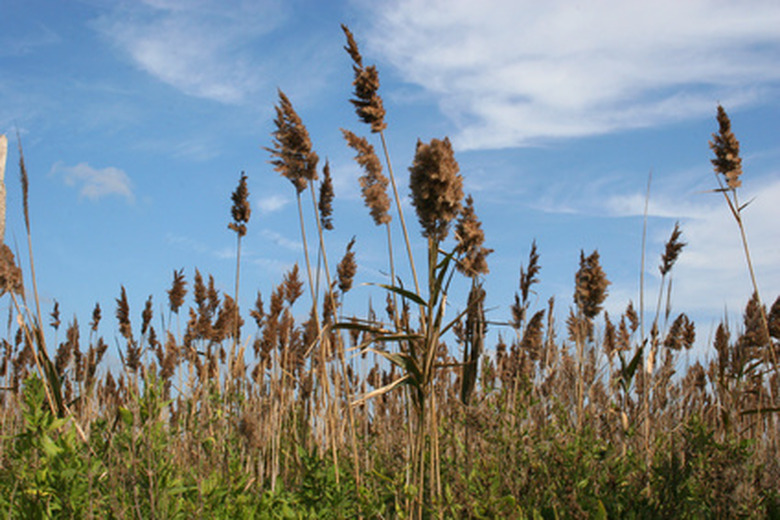The Best Soil Types For Growing Oats
Oat (Avena sativa) is a hardy cereal grain that is well resistant to poor soil conditions and thrives in areas where it is often impossible to grow other crops. Oats are a rich source of fiber and nutrients and though they are hulled after harvesting, this does not affect the nutritional value of the grain. Oats owe a large part of their distinct flavor from the roasting process they go through after being harvested and cleaned. In a study published in the Archive of Internal Medicine, it was cited that eating high-fiber foods such as oats greatly reduces the chances of getting heart disease.
Step 1
Oats are well tolerant of wet soils as compared to other grains such as barley and also require more consistent soil moisture than a number of other small grains.
Soil pH
Step 1
Oats tolerate a soil pH balance as low as 4.5 and are considered to be a crop that adapts well to a wide variety of soil conditions. With adequate levels of fertility and proper drainage, oat has a tolerance for a wide pH range as compared to barley or wheat. Oak also has low lime requirement in the soil.
Soil Type
Step 1
Oat adapts well to different soil types and can be grown successfully on loam to heavy soils. Oat has a greater tolerance for fine soil as compared to barley or wheat.
Phosphorus and Potassium
Step 1
Phosphorus and potassium are especially important nutrients in the production of oats. The best way to determine the right quantity of these nutrients is to do a soil test since phosphorus and potassium requirements are different in every field.
Step 2
- Oats are well tolerant of wet soils as compared to other grains such as barley and also require more consistent soil moisture than a number of other small grains.
- With adequate levels of fertility and proper drainage, oat has a tolerance for a wide pH range as compared to barley or wheat.
Pre-Cultivated Soil
Step 1
Oats are known to grow very well on soil that has undergone cultivation in the past year. In areas where cultivation has not occurred earlier, it is a good idea to use sod. When using sod, it is beneficial to give the field early fall plowing since this allows the humus to decompose. Decayed humus is advantageous in increasing the water-holding capacity of the soil. Growing cultivated crops on weedy fields prior to oat planting helps to get rid of the weeds.
